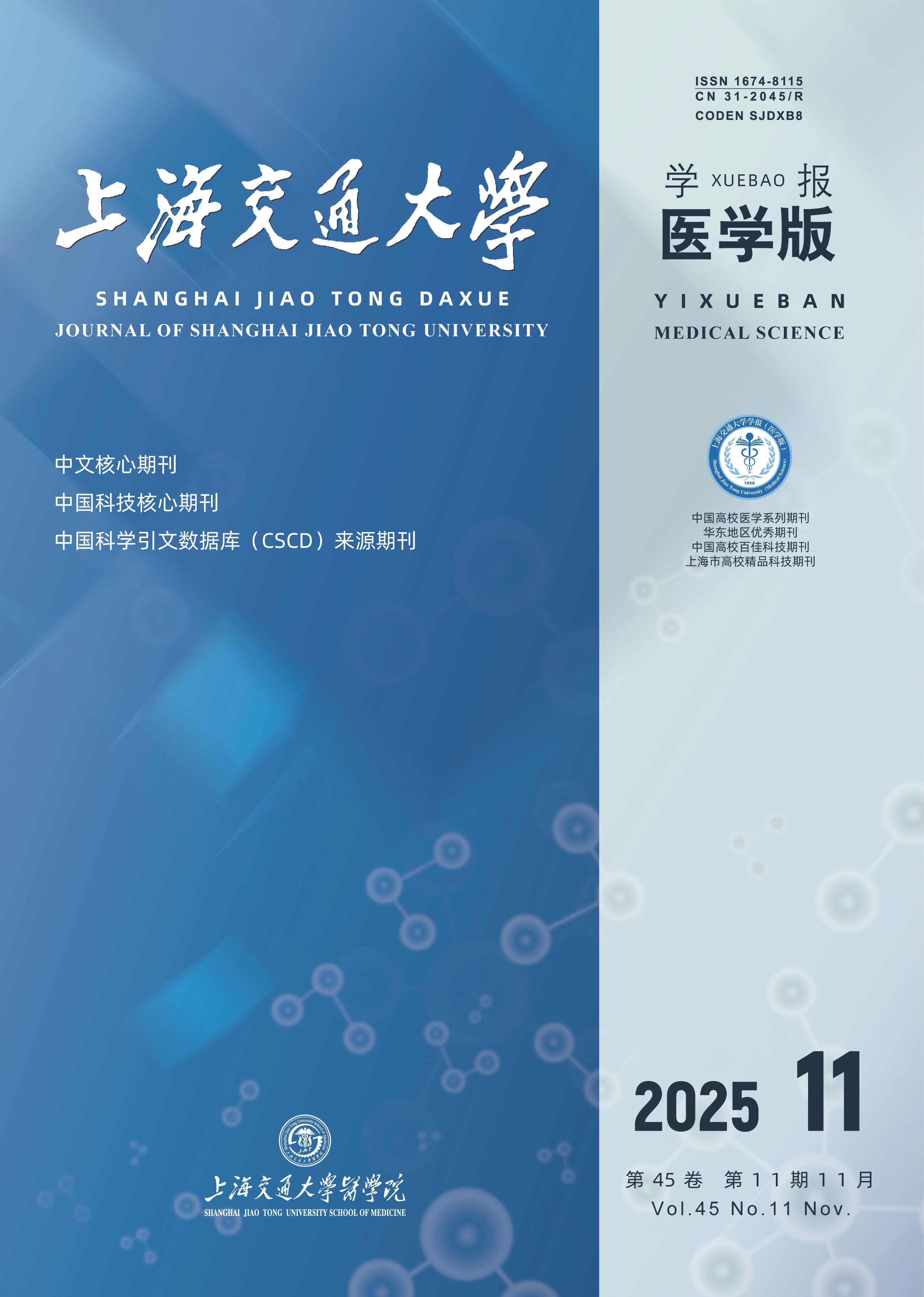Objective ·To explore the effects of in vivo gene transfection of Carboxylesterase 1f (Ces1f) on mice with acute liver failure (ALF) induced by lipopolysaccharide (LPS) in combination with D - galactosamine (D - GalN), as well as its impact on the expression of hepatic endocannabinoid (EC) and their specific receptors, cannabinoid receptor 1 (Cb1r) and cannabinoid receptor 2 (Cb2r). Methods ·Twenty male C57BL/6J mice were randomly divided into four groups (n=5 per group): the blank control group, the Ces1f over expression group, the ALF model group (LPS/D-GalN), and the Ces1f over expression ALF model group. Recombinant adeno-associated virus 8 (rAAV8) containing the Ces1f sequence was injected via the tail vein, while the control group received an injection of the empty viral vector. Three weeks after virus injection, an ALF animal model was established by intraperitoneal injection of LPS+D-GalN. Immunofluorescence was used to observe the transfection efficiency of Ces1f in the mouse liver. Quantitative real-time polymerase chain reaction (qPCR) and Western blotting were employed to determine the expression levels of CES1F, CB1R, and CB2R in mouse liver tissue. Hematoxylin-eosin (H-E) staining was used to observe the pathological changes in the mouse liver tissue. The enzyme-linked immunosorbent assay (ELISA) was utilized to detect the levels of serum alanine aminotransferase (ALT), aspartate aminotransferase (AST), interleukin-1β (IL-1β), tumor necrosis factor-α (TNF-α), arachidonoylethanolamide (AEA), and 2-arachidonoylglycerol (2-AG). Results ·The AAV8 virus had high transfection efficiency and significant hepatotropism in the mouse liver. Compared with the control group, the ALF model group showed decreased mRNA (P<0.001) and protein expression levels of Ces1f and Cb2r (P=0.039, P=0.012). The pathological injury score of liver tissue, the levels of serum ALT, AST, IL-1β, and TNF-α, as well as the levels of Il-1β mRNA, Tnf-α mRNA, AEA, 2-AG, Cb1r mRNA, and CB1R protein in liver tissue were significantly increased (P<0.001). Compared with the ALF model group, the Ces1f over expression ALF model group had significantly increased Ces1f mRNA (P<0.001) and CES1F protein (P=0.002) expression levels, decreased serum AST level (P=0.011), significantly decreased pathological injury scores of liver tissue (P=0.001), decreased levels of serum ALT, IL-1β, and TNF-α, and decreased levels of Il-1β mRNA, Tnf-α mRNA, AEA, and 2-AG in liver tissue (P<0.001). The levels of Cb1r mRNA (P=0.024) and CB1R protein (P=0.027) were also decreased. Conclusion ·Liver-targeted Ces1f gene transfection exerts a protective effect in the ALF mouse model induced by LPS/D-GalN. This protective effect may be achieved by downregulating the levels of hepatic endocannabinoids AEA and 2 - AG and inhibiting the expression of CB1R.

